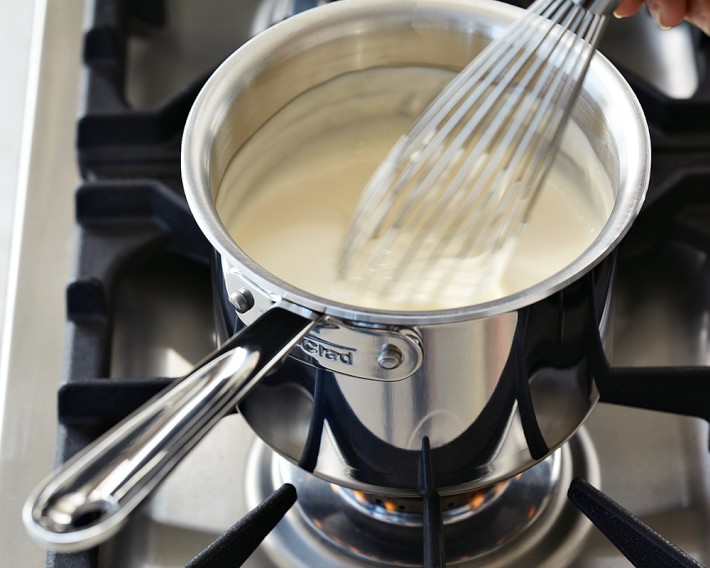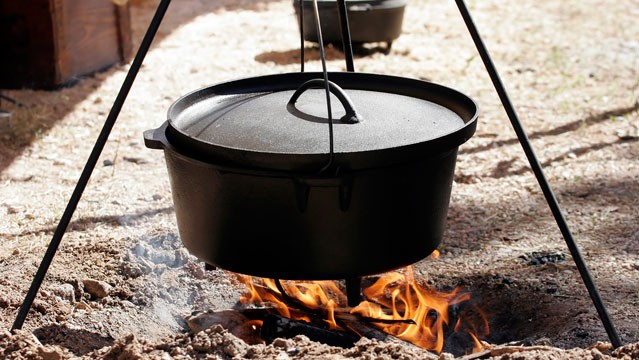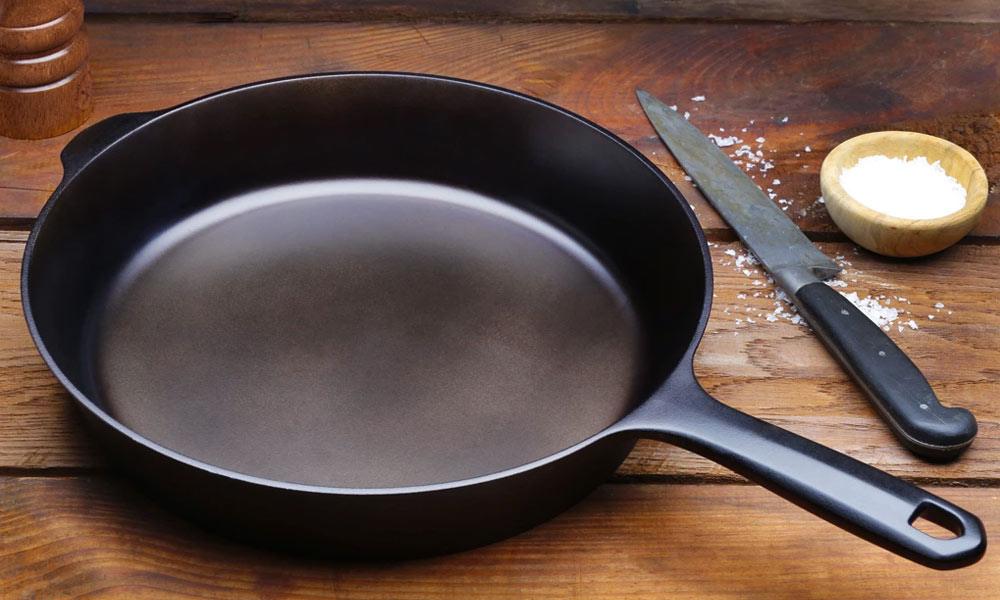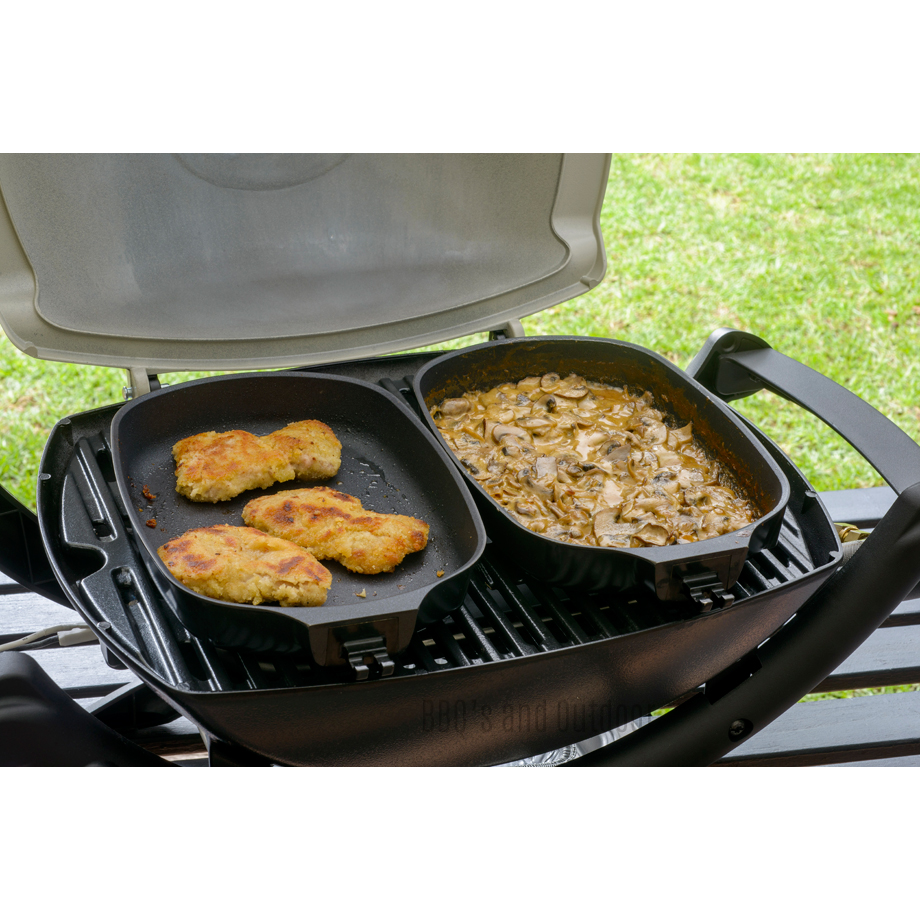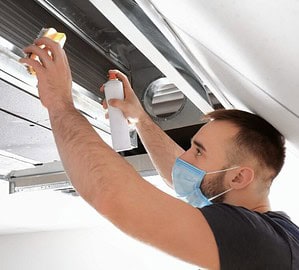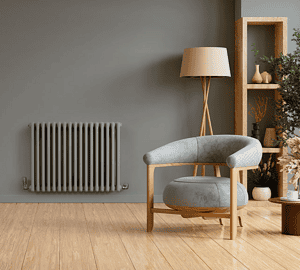We’ve all got our favourite pot or pan that is the go-to utensil for many of the dishes that we cook. Despite forming a critical part of our armoury in the kitchen, few people give serious thought to which cookware is best for each job.
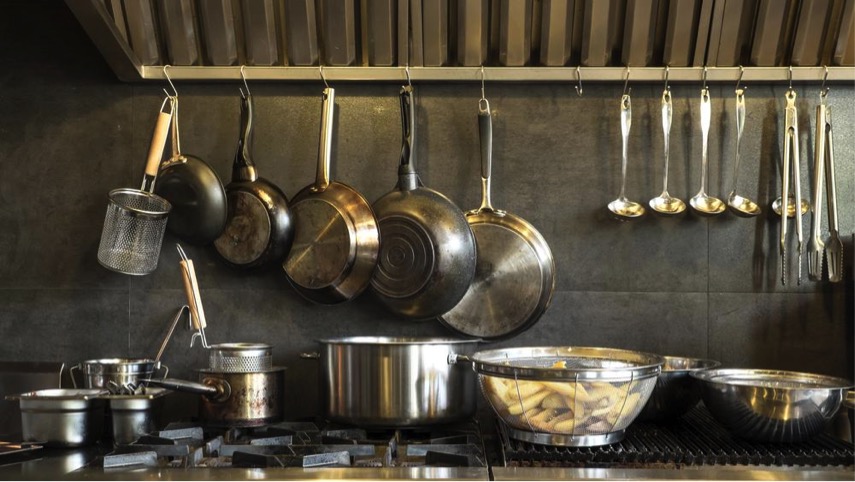
The truth is that selecting the right implement for each dish or element can make a significant difference to the end-product. Each pot or pan has its specific purpose, so learning the difference between them is one of those delicate skills that can help take your cooking to the next level. Here’s a simple guide to the basic tools you probably have in your kitchen and how to use them most effectively:
Small Saucepan
For many, this is one of the mainstays on their stovetop. When my husband was a bachelor, all he owned was a single small saucepan, and pretty much the only thing he didn’t do with it was make toast. Although, I wouldn’t have put it past him. Small saucepans are quite versatile. As the name suggests, they are perfect for making sauces. The smaller circumference reduces the exposed surface area, so the sauces cook a little more slowly. This will help your flavors blend and cut acidity if you’re using tomatoes or other high pH ingredients. In addition, your saucepan is great for quickly cooking smaller amounts of vegetables or grains.
Large Saucepan/Pot
If you love pasta, then make sure to cook it in a large pot. Pasta comes out best when cooked in lots of water, so a larger pot is the perfect vessel to get it just right. Larger sized saucepans are wonderful for making soups or pasta sauces for a large crowd or to freeze for later. If you are into cooking your own stocks, this is, without a doubt, the pot for you and I highly recommend it. Homemade stock is infinitely superior to the store-bought versions and will give your food a truly professional, elegant touch.
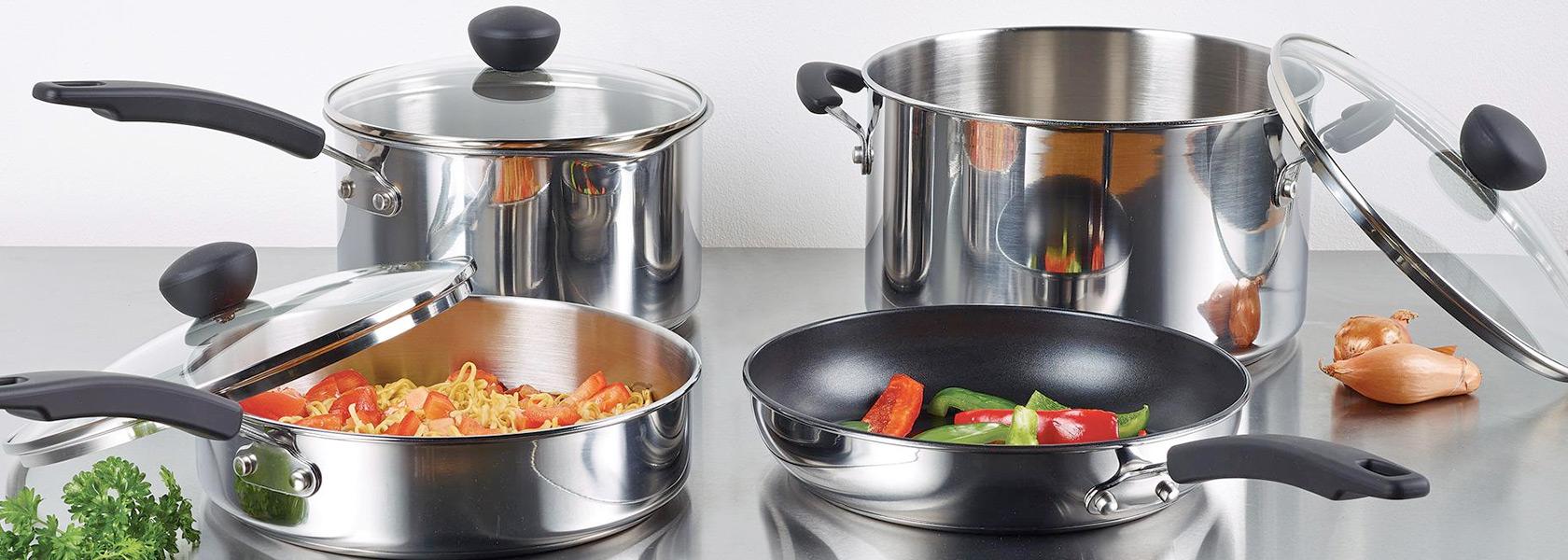
Dutch Oven
This fabulous tool can be used for everything from stews and casseroles to baking bread. They’re also surprisingly good for braising meats. The great thing about Dutch ovens is that they can transfer so easily from stovetop to oven, which is incredibly convenient and saves on washing up. One of my favourite things to do in my Dutch oven is baking a skillet cookie. Simply press an entire batch of cookie dough into the pot, then bake it as is. Serve it in the pot with some ice cream or chocolate sauce over the top, and you have a unique, rustic treat.
Heavy Skillet
A skillet differs from a frypan in that it has slanted sides. Skillets are perfect for quick jobs like scrambled or fried eggs, omelettes, pancakes, crepes, frittatas and more. For best results, it is worth investing in a cast iron skillet. If you season it properly, you should have no issues with food sticking. If, however, the thought of seasoning and upkeep is a bit too much for you, then you may want to look into a non-stick option.
Large Frypan
The higher, straighter sides of fry pans prevent food spilling, which makes them perfect for stir-fries, sautéed vegetables and more. Frypans usually come with a lid which aids for simmering saucy foods, or anything that requires absorption. Of course, pans are equally useful for frying meat, poultry and fish, making them one of the most versatile items in your kitchen.
Hopefully, this has given you a bit of help to match the right tool to your food. Good luck, and happy cooking!

